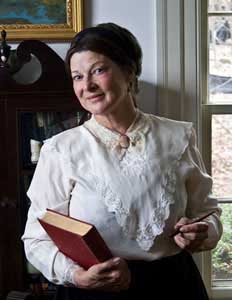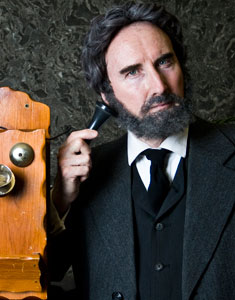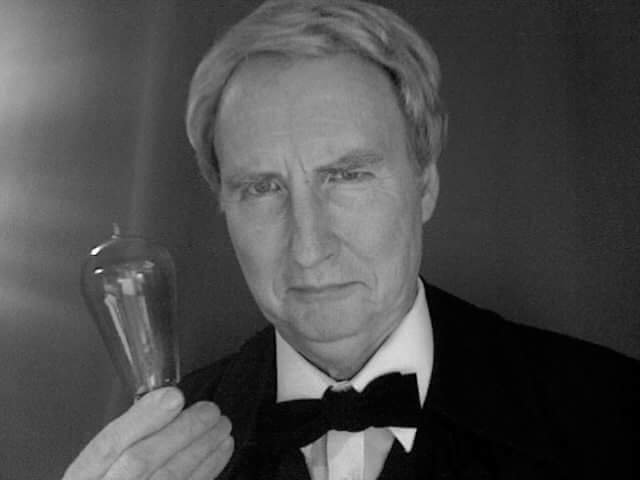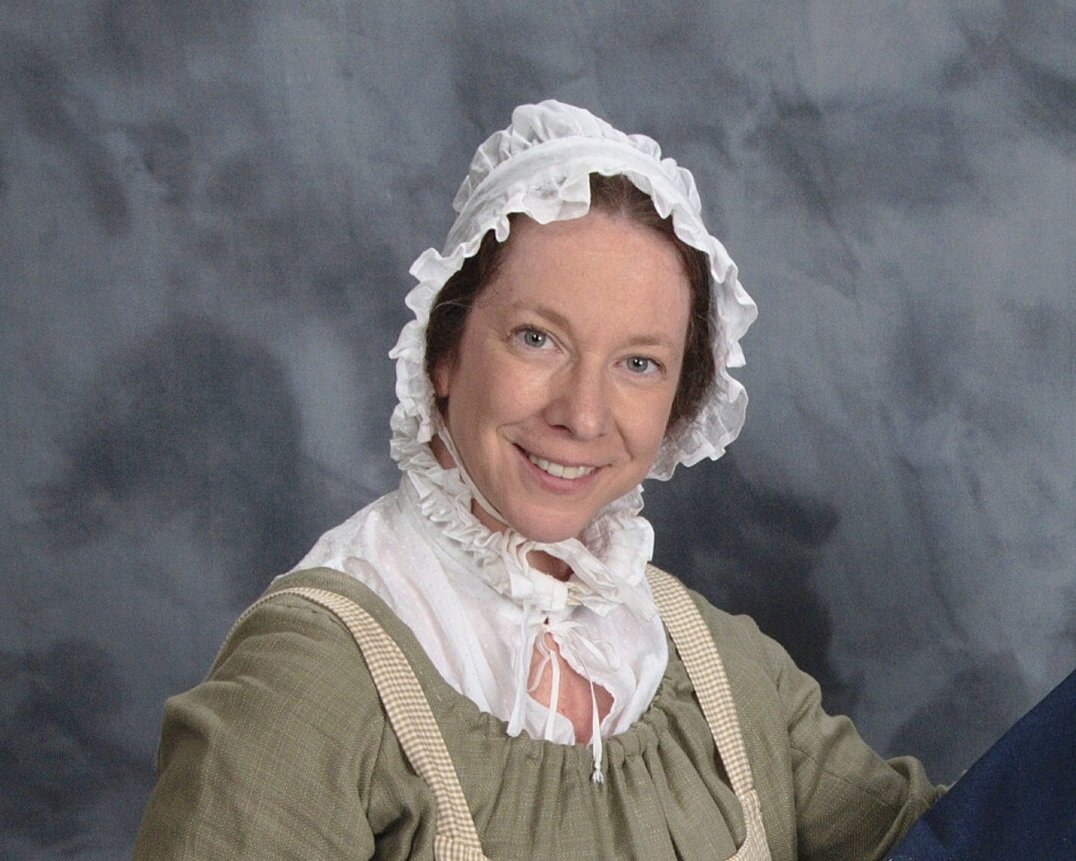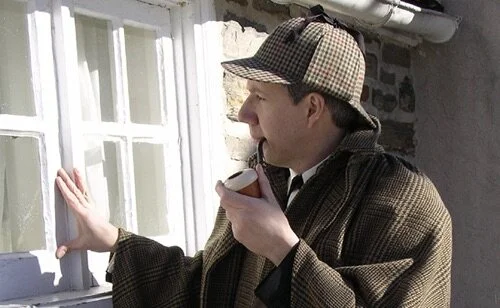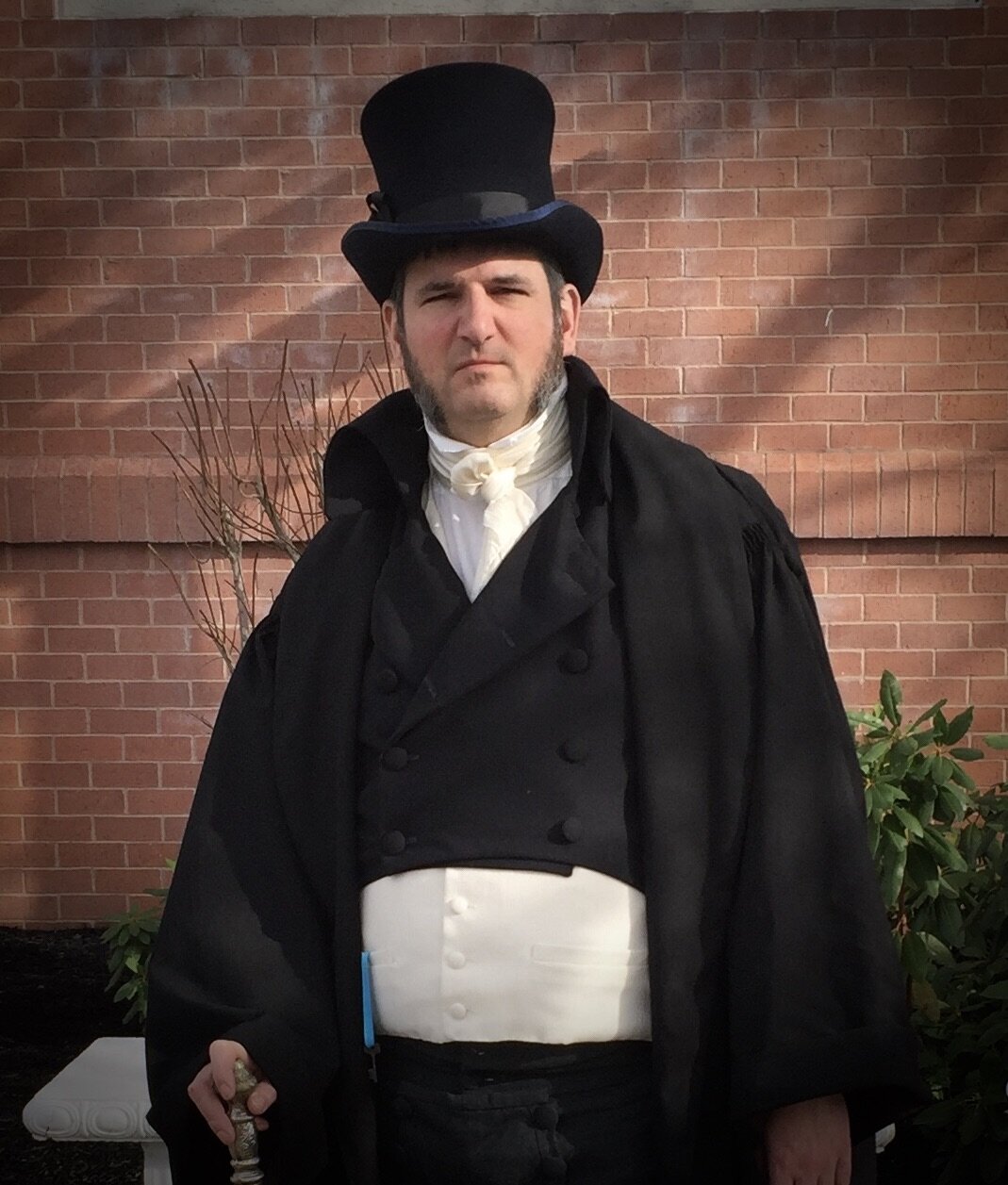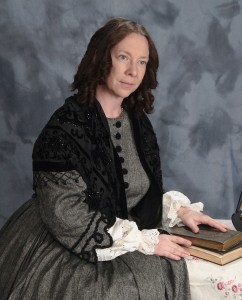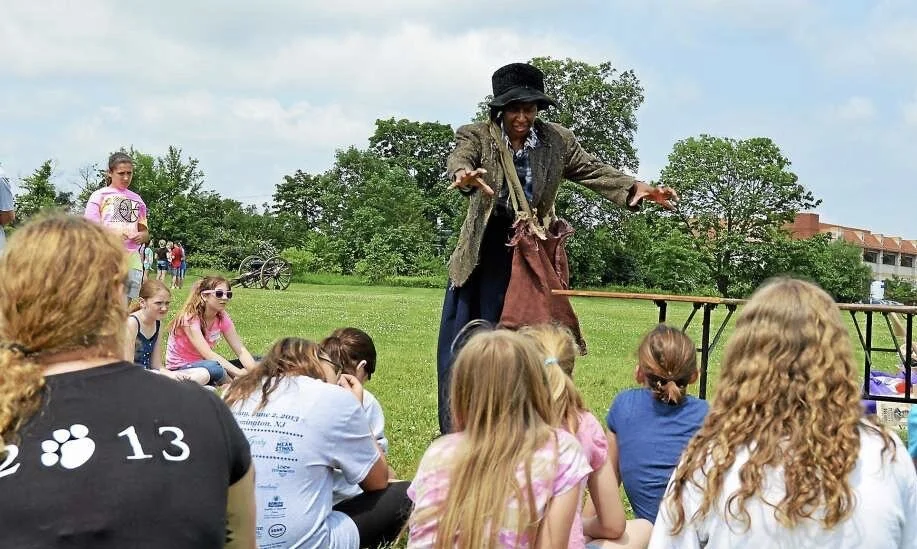Louisa May Alcott PORTRAYED BY PAT JORDAN
Louisa grew up at a time when America’s views on education, philosophy and human rights were radically changing. Her father was a pioneer in education whose friends included Ralph Waldo Emerson, Henry David Thoreau, Nathanial Hawthorne and Margaret Fuller. After living in an ideal utopian community, moving numerous times, and struggling to make a career for herself, Louisa, the tomboy of the Alcott household, went off to become a nurse in the Civil War, profoundly changing her life. Deciding never to marry, the Alcott’s “Merry Spinster” continued to write and work tirelessly for social reform. Later, she single-handedly supported her family.
Learn of her struggles and successes, her eccentric father and hard-working mother, and about the sisters who inspired Louisa’s most famous work Little Women.
Invite Louisa May Alcott to your event:
• Educational Programs: Schools, Libraries, Museums, Historical Sites - Meet & Greet, Chat with her informally about her writing, her career as a nurse, her role as provider for her family, and her passion for women’s rights (all ages).
Pat Jordan: Bio Actor/Historian, Interpreter, Reenactor, Impersonator
"The patrons were absolutely bowled over by your detailed knowledge of Louisa May Alcott's life.... They thought you were extremely interesting and really enjoyed the humorous stories you included." -- J. H., Chinn Park Regional Library, Virginia

